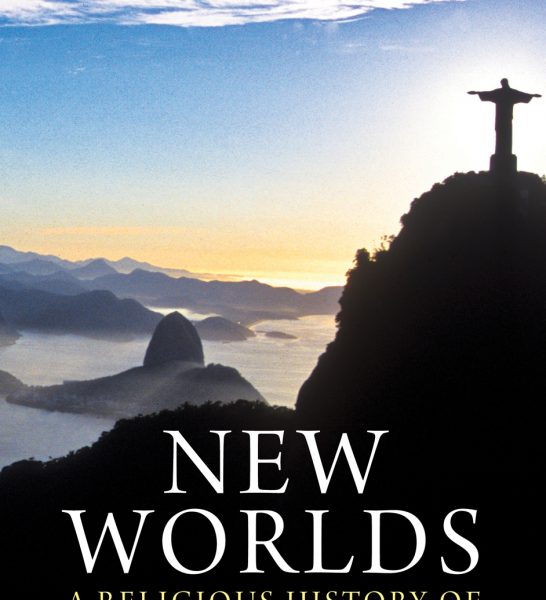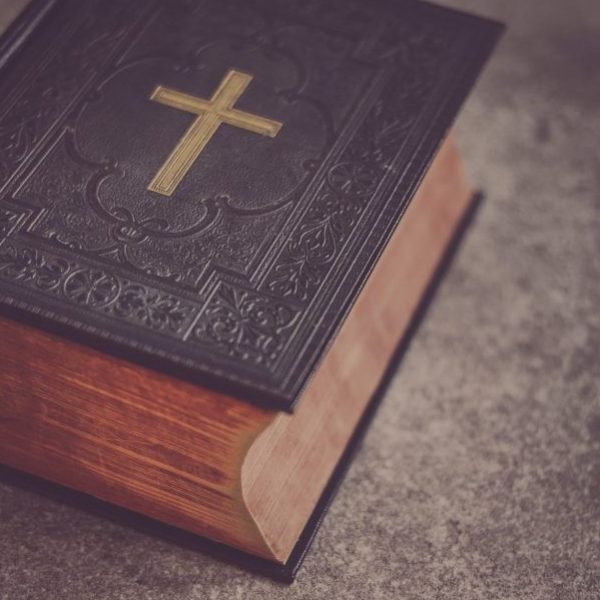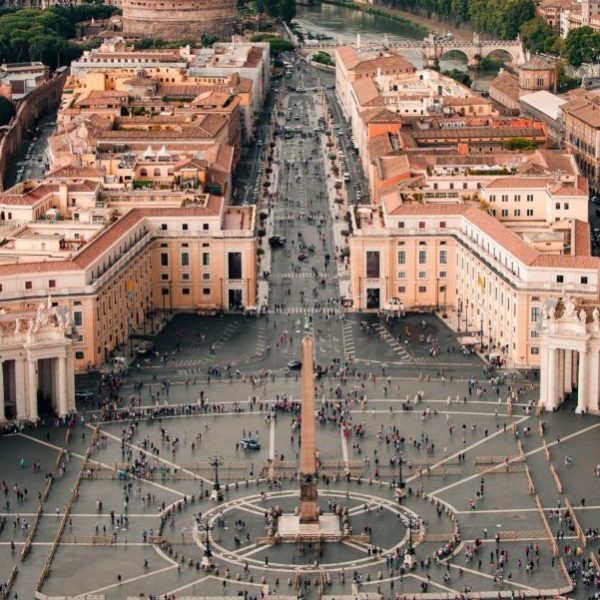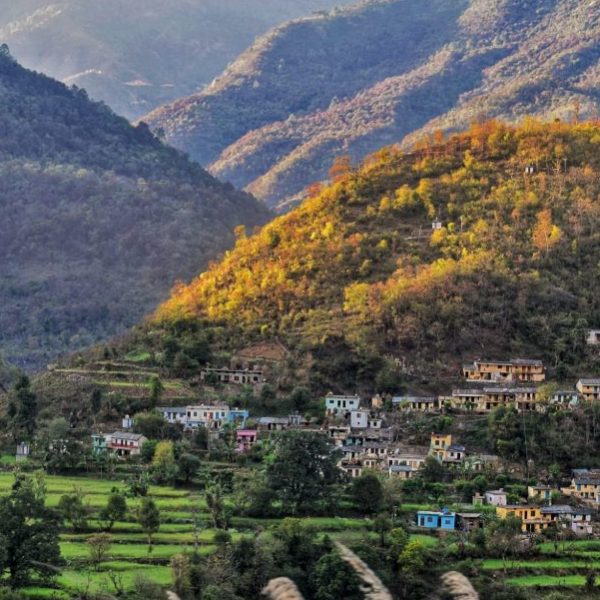Reshaping the Mold: Adapting Religion to Latin America
Ferdinand and Isabella, Catholic monarchs of Spain, are often remembered by their association with the famous sea voyage in history: Christopher Columbus’ journey to the Americas in 1492. In New Worlds: A Religious History of Latin America, John Lynch explores the influence of the Spanish monarchy, and later the Pope, on Christianity in Latin America. From Ferdinand and Isabella to Fidel Castro, Lynch traces the influences of Christianity and the struggles it has faced in the 500 years since its establishment in the Americas.
 Lynch does not shy away from the political and physical dangers faced by Spain, Portugal, and their missionaries during the early colonization efforts. Fray Juan, a Spanish missionary to New Granada (roughly equivalent to modern-day Colombia and Ecuador) “never said mass without a gun at the ready.” Many missionaries were killed for trying to change the culture of the native populations too radically; others learned to accept the native customs, while holding out hope that natives could be changed over time. This constant fear of attack was not without its redeeming qualities, however. Fray Juan spent ten years in rural, sparsely-populated New Granada and managed to convert and baptize 1,472 native people to create a booming rural economy that grew cotton while raising sheep and cattle for food and clothing. The work of the missionaries and their political backers would soon change as Spanish American colonies strove for independence from Spain, but found a greater connection with the Catholic Church.
Lynch does not shy away from the political and physical dangers faced by Spain, Portugal, and their missionaries during the early colonization efforts. Fray Juan, a Spanish missionary to New Granada (roughly equivalent to modern-day Colombia and Ecuador) “never said mass without a gun at the ready.” Many missionaries were killed for trying to change the culture of the native populations too radically; others learned to accept the native customs, while holding out hope that natives could be changed over time. This constant fear of attack was not without its redeeming qualities, however. Fray Juan spent ten years in rural, sparsely-populated New Granada and managed to convert and baptize 1,472 native people to create a booming rural economy that grew cotton while raising sheep and cattle for food and clothing. The work of the missionaries and their political backers would soon change as Spanish American colonies strove for independence from Spain, but found a greater connection with the Catholic Church.
The Catholic Church was weakened in the colonies by the quest for independence from Ferdinand VII. According to Lynch, the ties that bound the Church and the Spanish monarchy were so entangled that it was hard to defeat one without at least wounding the other. The Monarchy appointed the bishops for Spanish America, and the fight between country loyalty and religious duty to the natives became apparent. The bishops, paid by the crown and facing hostile and often dangerous congregations, left en masse. By the end of the revolution only one bishop, a creole man named José Sebastián Goyeneche, was left to serve Peru, Ecuador, and Bolivia.
The decreased number of Catholics in the area provided a chance for the native religions, which had been practiced in secret, to reappear, leading in turn to the creation of a truly “Latin American” church that combined the customs. One such example is the Fiesta de la Virgen de la Candelaria in Peru and Bolivia. La Virgen de la Candelaria is the patron saint of Puno, Peru, but the celebration of her Catholic feast day features dances and other traditions common to the native Aymara people. The most widely known of these mixed-tradition ceremonies is Día de los Muertos, or Day of the Dead, celebrated in Mexico in conjunction with All Souls Day, a Catholic feast day to remember the faithful who have passed on. This combination of traditional festivals and Catholic religious traditions has allowed Catholicism to flourish longer in Latin America, even as it has declined in other regions.
With the largest self-identifying Catholic population in the world, the evolution of Latin American countries is being closely watched. As Brazil’s political star rises, questions are raised about how religion will survive in an increasingly modern culture. If history is any indication, Latin American countries will continue to evolve and incorporate new traditions into their unique religious societies.




